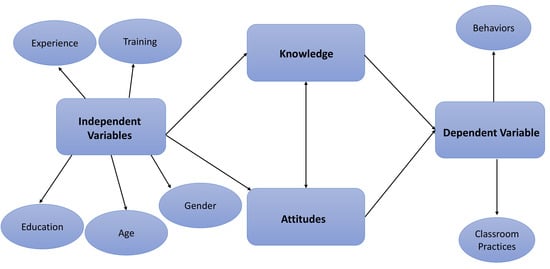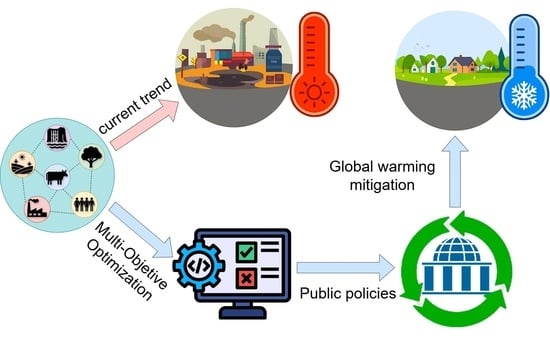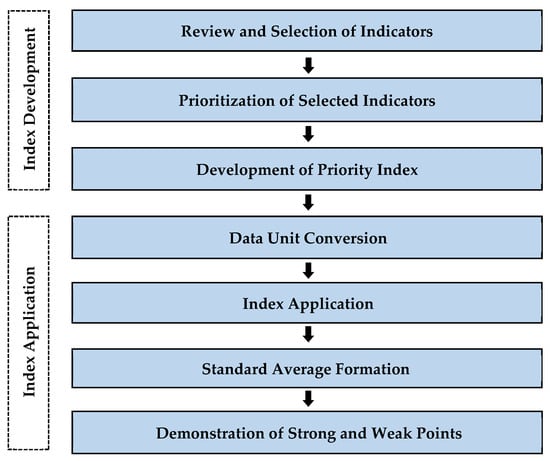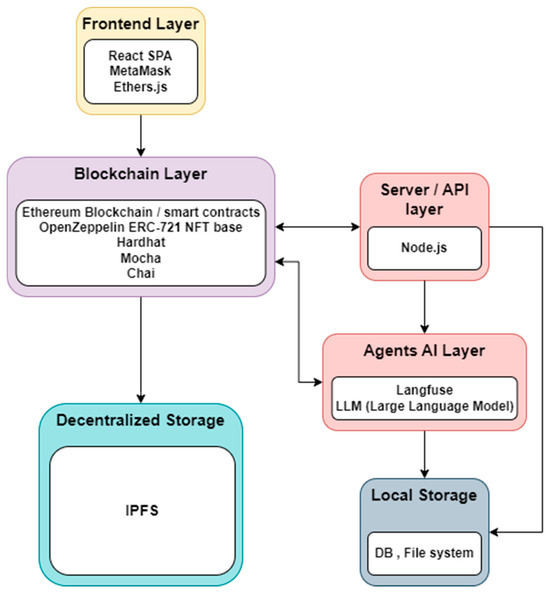- Article
Education for Sustainability: Knowledge, Attitudes and Behaviors of Secondary School Teachers
- Efstathios Loupas,
- George Zafeiropoulos and
- Aristotelis Martinis
- + 2 authors
This study attempts to analyze the environmental knowledge, attitudes and behaviors of secondary school teachers, as well as the factors influencing these dimensions. It also investigates the extent to which teachers prioritize Environmental Education (Ε.Ε.) within their courses. A mixed-methods approach was used, incorporating both quantitative and qualitative modes of inquiry. Two hundred and seventy questionnaire respondents took part in the research. The responses obtained from the questionnaires were analyzed using both statistical and thematic methods. Data triangulation was applied to enhance the validity and reliability of the findings. The analysis revealed that secondary school teachers have an overall good level of environmental knowledge, although they lack some details. Teachers also exhibited positive attitudes and behaviors toward environmental issues. Significant correlations were found between environmental attitudes and behaviors, as well as between environmental knowledge and behaviors. The implementation of E.E. by secondary school teachers was characterized by a strong influence of the curriculum. Teachers reported integrating E.E. primarily through their own pro-environmental practices, particularly in relation to waste management. The main restrictions that prevent secondary school teachers from including E.E. are time constraints and the negative feedback they receive. Regarding the support offered to teachers in relation to E.E., secondary school teachers reported that existing teacher education programs are predominantly theoretical, with insufficient emphasis on practical applications. Based on these findings, this research proposes suggestions for restructuring teacher training programs to incorporate more applied components that better support the integration of E.E. into classroom practice. Furthermore, the study aims to investigate secondary students at the secondary educational stage, and their knowledge and attitudes towards the environment using different variables. Employing a descriptive survey model, data were collected from a sample of 270 secondary school teachers using the ‘Environmental Knowledge Test’ and ‘Environmental Attitude Scale’. The results indicated that teachers’ environmental knowledge and attitudes towards the environment did not significantly differ by gender. Finally, the study concludes with several recommendations derived from these results.
26 December 2025





